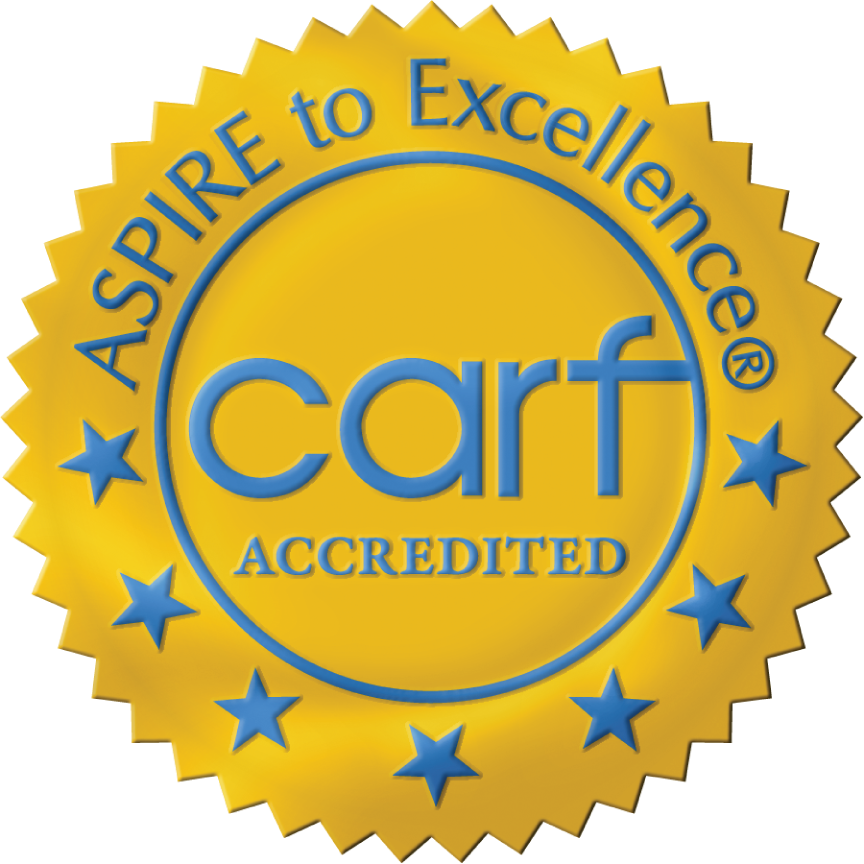
The Ins and Outs of Dual Diagnosis: What it Means for Your Family
Having a loved one suffer from an addiction can feel hopeless. Watching a family member struggle with mental health concerns is overwhelming, too. Having a loved one go through both at the same time? It can be heartbreaking.
If you’re worried that your friend or family member is facing a tough battle against substance use and mental illness, you might be looking at a dual diagnosis. What is a dual diagnosis, though?
What is a dual diagnosis?
Simply put, a dual diagnosis is when two disorders occur simultaneously. This is often called comorbidity, or co-occurring disorders.
While technically any two medical or mental health conditions could be considered a dual diagnosis, it’s most commonly used to refer to someone who struggles with a substance use disorder and a mental health disorder at the same time.
Generally, dual diagnoses are harder to treat than a single disorder because the effects of each worsen the other. Substance use and mental illness tend to have overlapping risk factors and symptoms, too. Either disorder can develop first and neither disorder directly causes the other, but can contribute to its onset.
Moreover, dual diagnoses are more common than many people realize. According to the National Institute on Drug Abuse, around 7.7 million people suffer from comorbid disorders in the United States.
According to an article in the journal Psychiatry, dual diagnoses are not currently listed in the Diagnostic and Statistical Manual of Mental Disorders (DSM), which is the tool clinicians use to diagnose and treat mental illness. The journal calls for the inclusion of dual diagnosis in the DSM to standardize criteria for proper intervention.
What are dual diagnosis examples?
If you’re looking for dual diagnosis examples, there are plenty of possibilities. Here are some common types of comorbid disorders.
- Alcohol addiction and depression
- Adderall use and anxiety disorder
- Cocaine use and anorexia nervosa (an eating disorder)
- Gambling use disorder and a drug addiction
- Alcohol use disorder and bipolar disorder
- Opioid use disorder, depression and schizophrenia
The list of possible disorder combinations is potentially endless and it’s not uncommon to have three or more disorders as well. Understanding all the conditions at play is essential for proper treatment and full-person healing.
What are symptoms of a dual diagnosis?
The National Alliance on Mental Illness states that the nature of dual diagnoses means there are a vast variety of possible symptoms. Here are some signs that dual diagnosis may be at play.
- Extreme or abrupt changes in mood or behavior
- Self-isolation
- Worsening mental health
- Worsening addiction
- Inability to complete daily tasks
- Trouble functioning at work or school
- Poor sleep, eating habits or personal hygiene
- Frequent headaches, migraines or stomach issues
- A high tolerance for drugs or alcohol
- An increasing desperation for unhealthy coping mechanisms
- Failing to enjoy things that were previously enjoyable
If you’re worried that your loved one is struggling with a mental health or substance use disorder, it’s possible they both could be at play.
How are dual diagnoses treated?
Dual diagnoses should never be addressed the same way a single disorder would be. The complex interplay of disorders means the symptoms of one often exacerbate the other. The only way to achieve recovery and manage mental illness is to treat both at once with a collaborative care team.
Treatment must be individualized— for each combination of conditions and each person’s needs and requests. An integrative approach will include detox, rehab, psychotherapy, medication if necessary, lifestyle support and family services.
How can I help someone with a dual diagnosis?
Helping someone with a dual diagnosis starts with coming to terms with a hard truth: you can’t solve, cure or heal a dual diagnosis on your own. Try as hard as you might, each individual needs to voluntarily elect to participate in treatment. Recovery can’t be forced.
Once you accept your role as a supporter rather than the agent of change, you can get to work offering aid to your loved one. The first step you should take is to educate yourself. The more you understand about substance use disorders and mental health, the more you’ll be equipped to intervene.
Start by learning signs and symptoms of these disorders, and types of treatment options. This will set you up for the next vital step of encouraging treatment. You can express reasons why you think treatment is the best path and ways to get connected.
Once your loved one starts treatment, your goal is to support, not counsel. Focus on listening rather than giving opinions or advice. Support a healthy lifestyle when you have the opportunity and engage in positive, pro-social experiences together.
Where to turn
When your loved one is struggling with a dual diagnosis, it can be hard to know where to turn. Bluff is an addiction treatment center that specializes in treating individuals with dual-diagnoses with holistic care. Learn more and get connected today.








